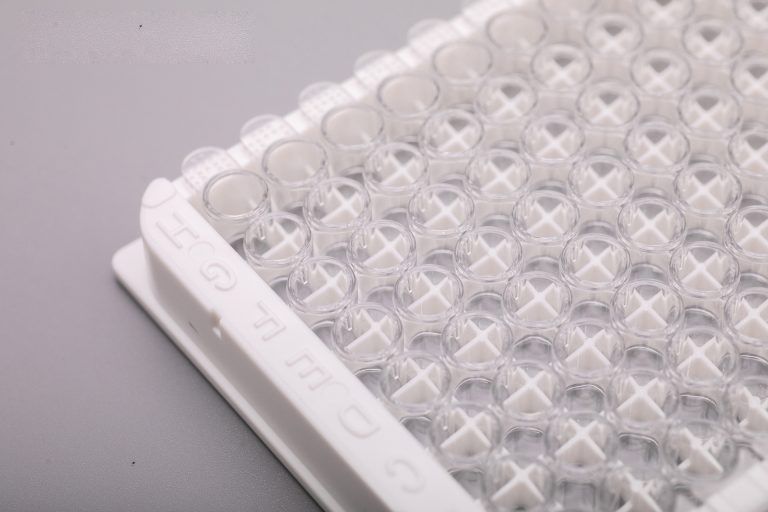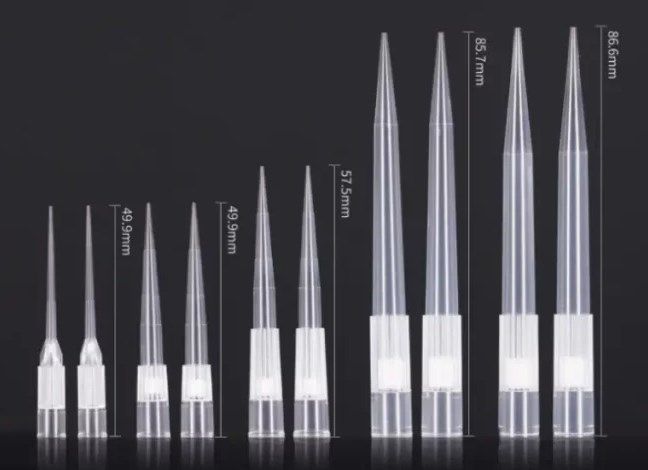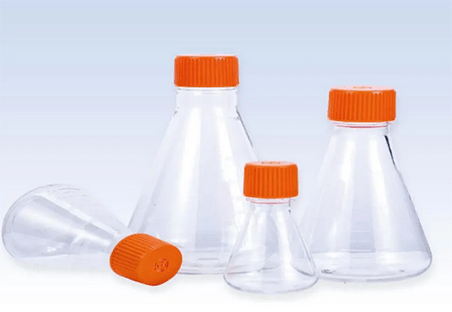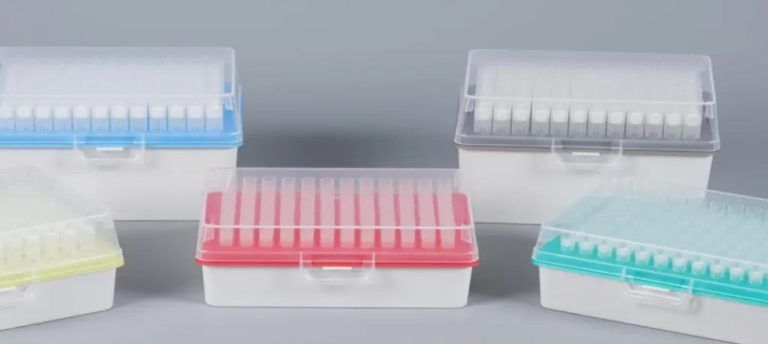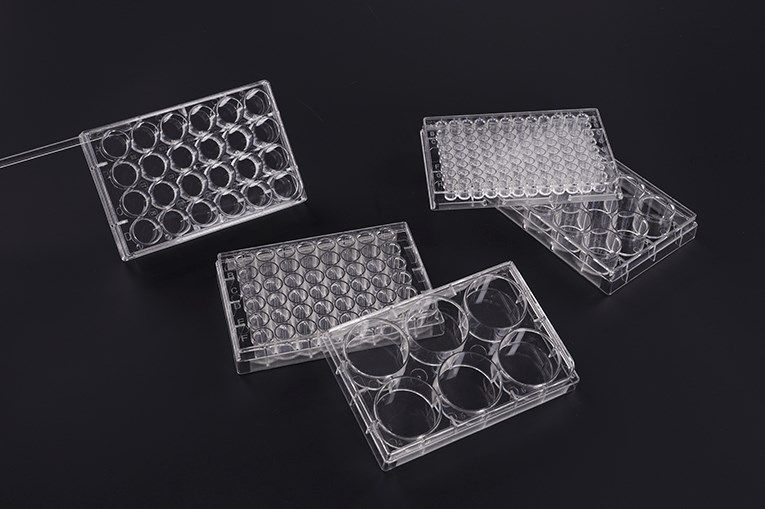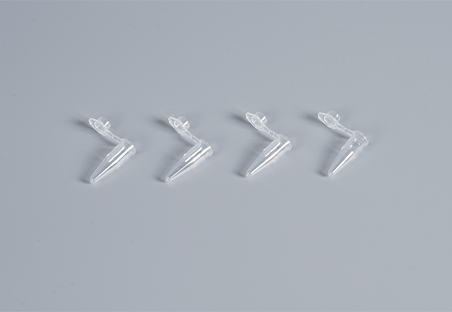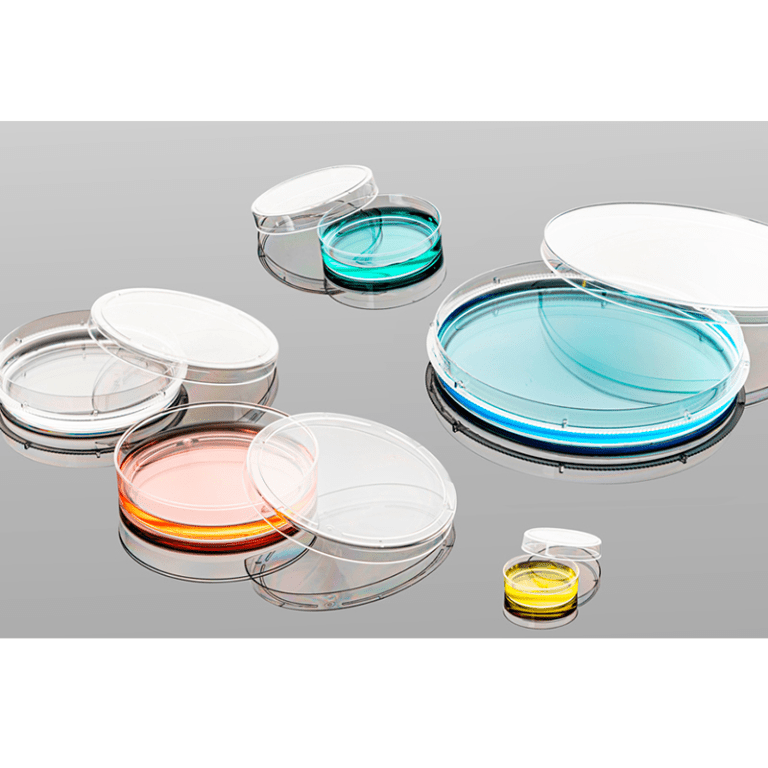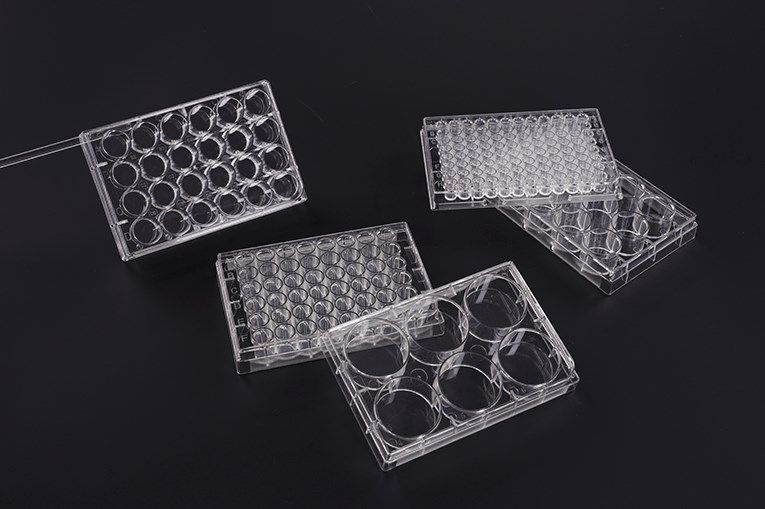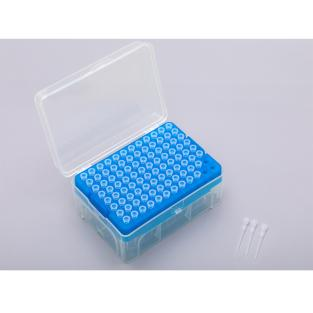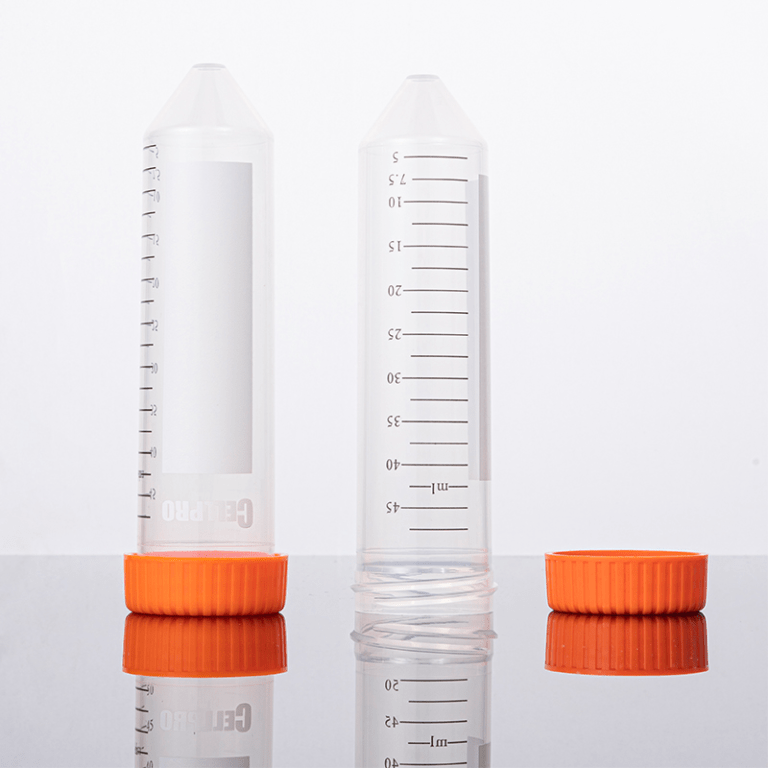Choosing the Right ELISA Microplates: Selection Strategies
Enzyme-linked immunosorbent Assay (ELISA) is a powerful and widely used technique in the field of molecular biology and diagnostics. At the heart of a successful ELISA experiment lies the choice of the right microplate. Selecting an appropriate ELISA microplate is crucial for obtaining accurate and reproducible results. In this article, we will explore key strategies to…
